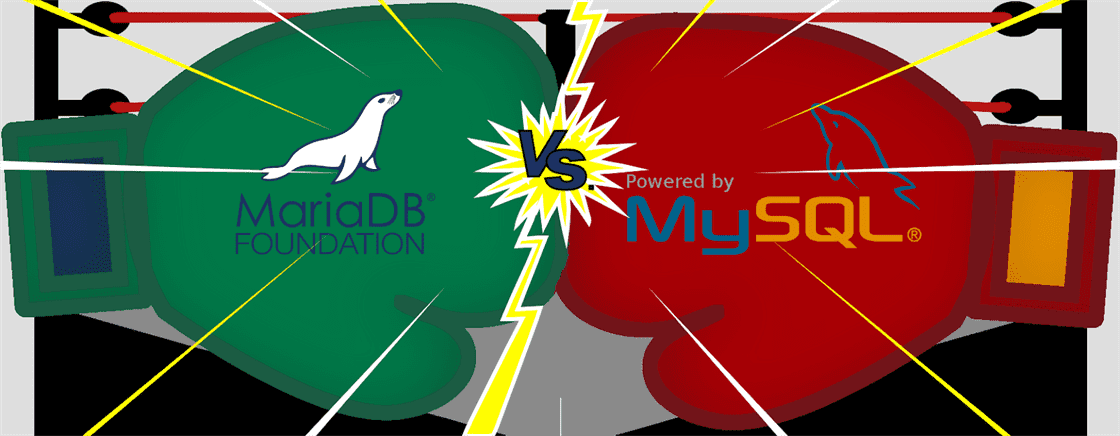Tag: MariaDB
Our MariaDB section has tutorials on how to index, identify long queries and other valuable instruction. Check out our articles to get the most out of your MariaDB instances.
MySQL Performance: Intro to JOINs in SQL
In this article, we will learn the basics of joining tables in SQL. We will learn about Left, Right, Inner, and Outer JOINs and give examples of how to use them.
Similar to Dropbox and Google Drive, Nextcloud is self-hosting software that allows you to share files, contacts, and calendars. But, unlike Dropbox and Google Drive, your files will be private and stored on your server instead of a third-party server. Nextcloud is a GDPR and HIPAA compliant hosting solution, so your files will be encrypted along with the ability to audit. For this tutorial, we’ll be installing our Nextcloud instance on our Ubuntu VPS server.
How to Install MariaDB on Ubuntu 18.04
MariaDB is a drop in replacement for MySQL, and its popularity makes for several other applications to work in conjunction with it. If you’re interested in a MariaDB server without the maintenance, then check out our high-availability platform. Otherwise, we’ll be installing MariaDB 10 onto our Liquid Web Ubuntu VPS server, let’s get started!
This article outlines the procedure for replacing the native MySQL®️ or MariaDB®️ service that is preinstalled on any typical Plesk Onyx 11 CentOS 7 server. The procedure outlines removal of the existing MySQL related binaries and replaces them with an adequate version of the Percona binaries. Once these Percona binaries are in place, a typical multistage MySQL Incremental version upgrade is processed to bring the existing databases and Percona binaries to the desired Percona 5.7 version.
Install PowerDNS and MariaDB on an Ubuntu 16.04 Server
What is PowerDNS?
PowerDNS (pdns) is a DNS server written in C++. It originally started as proprietary software but was released in 2002 under the open-source GPL license. It is widely used for DNS hosting and is one of the most popular DNS servers for hosting domains using DNSSEC. It can be installed on most UNIX type operating systems. It features support for a large number of backends, including but not limited to MySQL, SQLite3, PostgreSQL, Oracle, Sybase, LDAP, Microsoft SQL Server, and BIND like plain text files. It also has a built-in web server for use with their JSON/REST API. PowerDNS can be the authoritative name server for your domains but can also be used as a recursive DNS resolver. The PowerDNS Authoritative Server and the PowerDNS Recursor are separate programs.
Upgrading MariaDB 10.0 to 10.3.9 on Ubuntu 16.04
MariaDB is quickly becoming the default open-source database software to use in development, production, and even enterprise environments. Our very own Cloud Sites product uses the newest in MariaDB as it’s mostly known for being a fork and drop-in replacement to MySQL, which is created and maintained by the original MySQL developers.
MySQL Performance: InnoDB Buffers & Directives
As discussed earlier in our MySQL Performance series, the InnoDB storage engine is designed to be a high-performance database for very large datasets. The row-locking technique it uses allows for many read and write requests to occur on a single table concurrently. This is a vast improvement in speed over traditional table-locking of the MyISAM engine. This part of our MySQL Performance series will focus on configuring InnoDB tables for maximum concurrency with minimal disk input/output (I/O).
MySQL Performance: Converting MySQL to MariaDB
As we explored in our previous article of our MySQL Performance Series: MySQL vs. MariaDB there are very few downsides to using MariaDB over standard MySQL. Our high-availability MariaDB's have proven itself to be a worthy successor with easily mitigated drawbacks. As the last article in our series we will focus on upgrading to various MySQL and MariaDB version on the following servers:
MySQL Performance: MySQL vs. MariaDB

We continue our series on MySQL Optimization by focusing on the differences and similarities between MariaDB and MySQL. MariaDB is a popular alternative to using traditional MySQL for database hosting. The free market of hosting allows additional actors to compete with the long-standing database solution, MySQL. MariaDB is the most prominent alternative to MySQL and is a favorite among industry giants such as Google, Craigslist, Wikipedia, Arch Linux, RedHat, CentOS, Fedora, and cPanel. In a direct performance comparison, MariaDB leaps to the head of the pack through performance optimizations, easy of conversion and compatibility.
Creating a Database in Cloud Sites
-
- Log into your Cloud Sites control panel.
- Click on the website where you’ll be creating your database.

Our Sales and Support teams are available 24 hours by phone or e-mail to assist.

